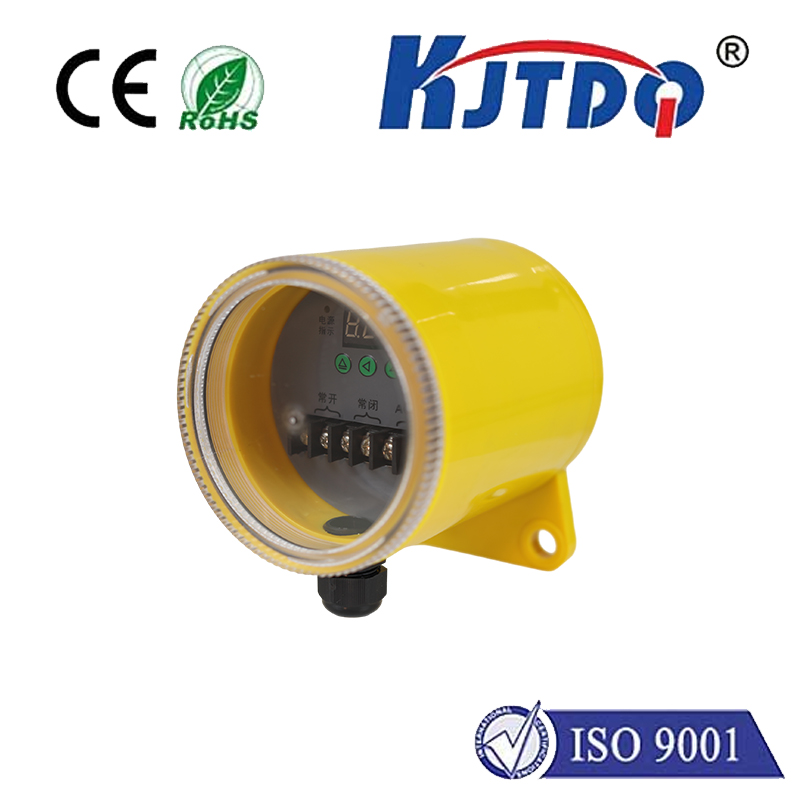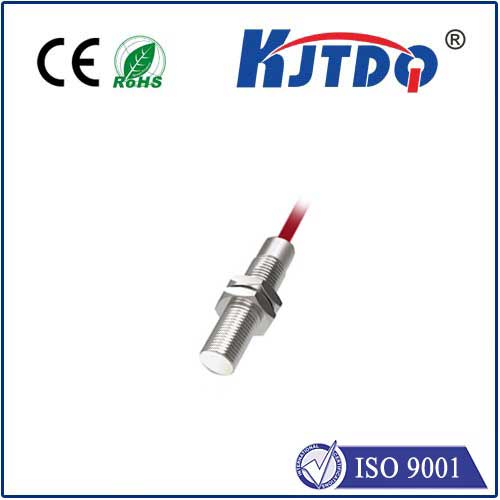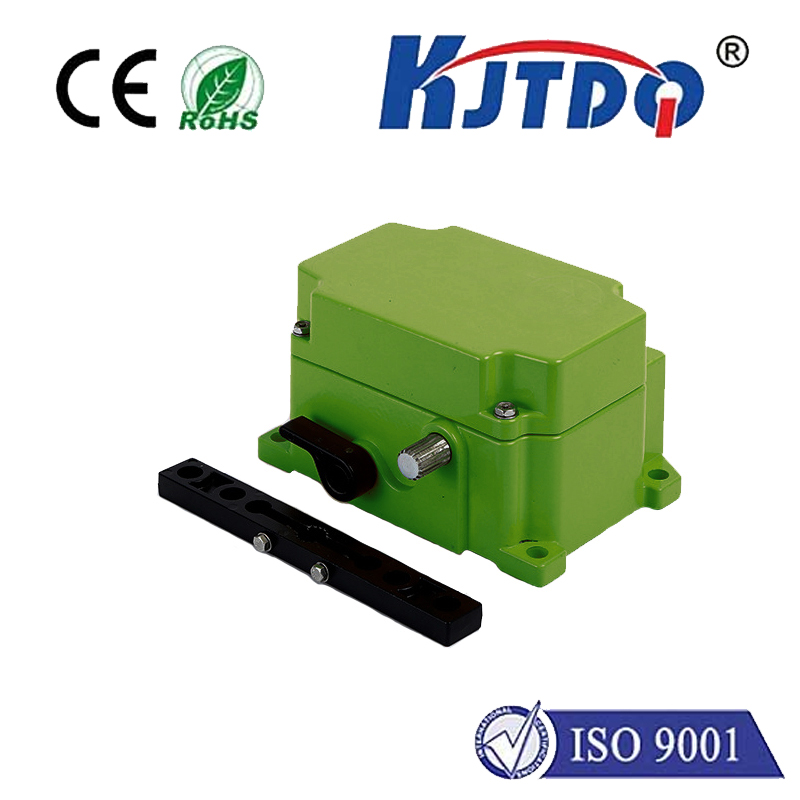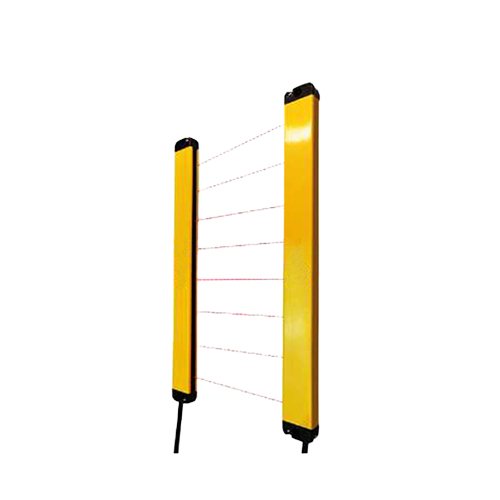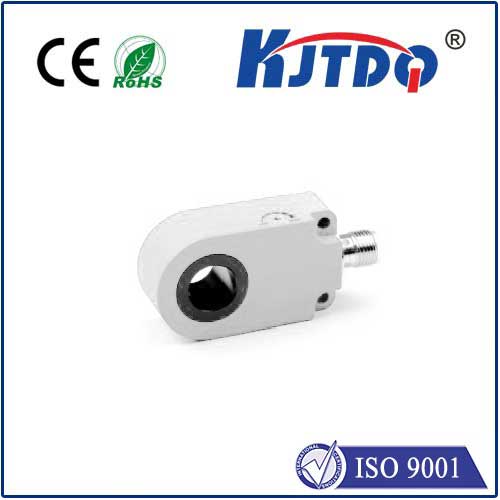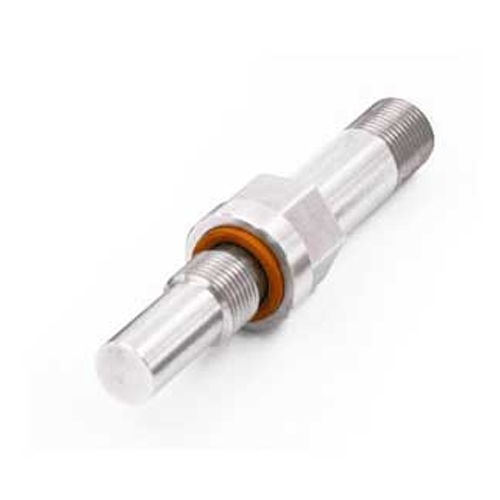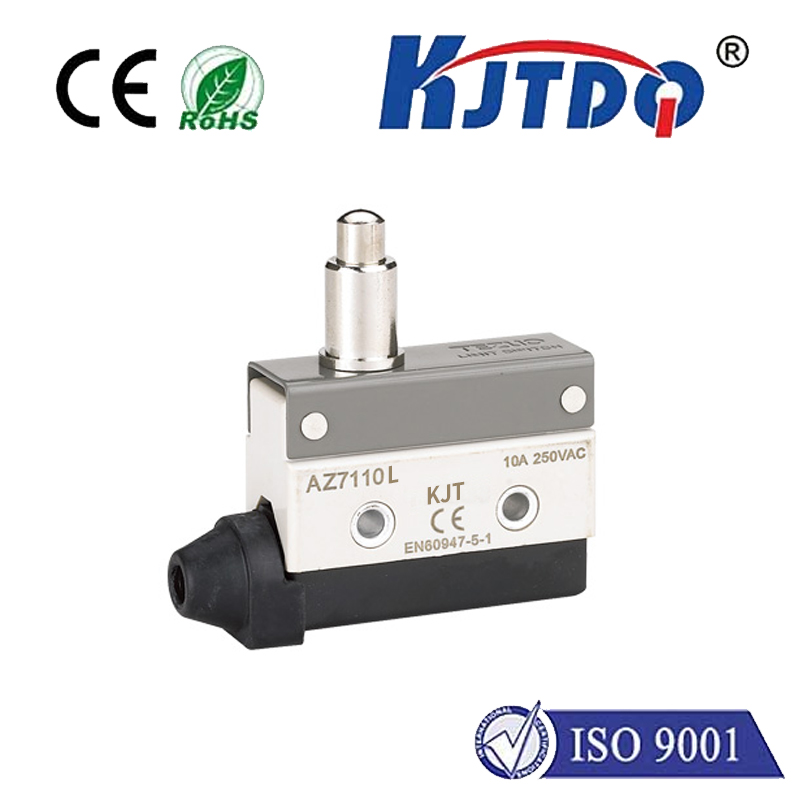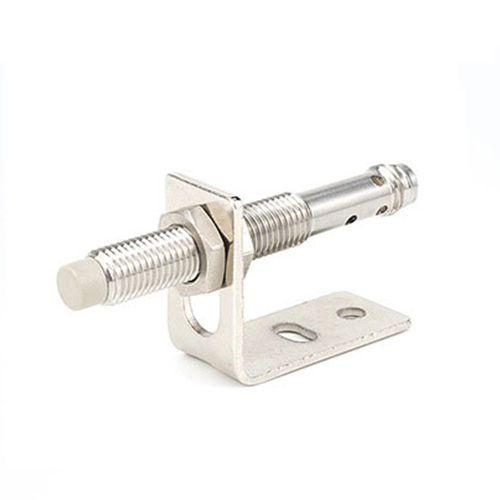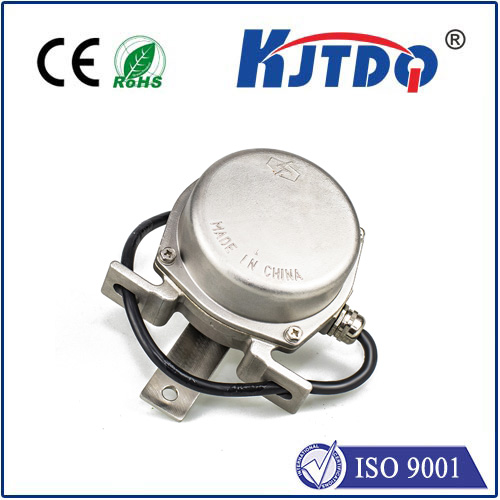

check

check

check

check

check

check

check

check

check

check
Title: Understanding the Mechanism and Importance of Background Suppression Photoelectric Sensors In the realm of sensor technology, photoelectric sensors stand out for their ability to detect changes in light levels, converting these optical phenomena into electrical signals. Among various types of photoelectric sensors, those with background suppression capabilities have found critical applications in industries requiring precise detection amid fluctuating environmental conditions. This article delves into what a background suppression photoelectric sensor is, how it functions, and its significance in modern sensing solutions.
A background suppression photoelectric sensor is designed to distinguish between the target object and the surrounding background. It does so by ignoring or reducing the influence of ambient light and other non-target background elements, focusing solely on the reflective properties of the intended subject. This sophisticated feature sets it apart from standard photoelectric sensors, which can be easily confounded by external lighting conditions.
The core mechanism of a background suppression photoelectric sensor lies in its advanced electronics that analyze the reflected light spectrum from targets versus the background. The sensor emits a beam of infrared or visible light towards the object and receives the reflected light. Through intricate algorithms, it differentiates between the light reflected by the target and that coming from the background. If the background reflects less light than a predefined threshold, the sensor suppresses this information, effectively nullifying its impact on the检测结果. This process allows the sensor to maintain high sensitivity towards the target while being resilient to variations in lighting, color, or surface finish of non-target backgrounds. Such discrimination is crucial in environments with varying illumination or where the target shares similar reflective properties with its surroundings.
The implementation of background suppression photoelectric sensors spans across numerous industrial sectors, including packaging, sorting, and quality control lines. In these settings, accurate and reliable detection is paramount for maintaining efficiency and ensuring product quality. For instance:

Automotive Industry: In assembly lines, these sensors help in identifying specific components amid a cluttered backdrop, ensuring that only the correct parts are assembled.
Food and Beverage Industry: They assist in sorting products based on fill levels or label presence without being misled by the product’s container color or material.
Pharmaceutical Industry: For quality assurance, these sensors verify labels, seals, and correct cap placement without being thrown off by reflections from shiny tablet coatings or vials.
Logistics and Warehousing: They enhance sorting accuracy in package handling systems, differentiating packages regardless of their background environment.
Compared to traditional photoelectric sensors, those with background suppression offer several advantages:
Improved Accuracy: By minimizing false triggers caused by background interference, these sensors provide more reliable detection results.
Enhanced Versatility: Their ability to function effectively under diverse lighting conditions makes them suitable for a wide range of applications.
Greater Efficiency: Reducing误判率 leads to smoother operations and higher throughput in automated processes.
In conclusion, background suppression photoelectric sensors represent a significant advancement in sensing technology, enabling precise detection amid complex backgrounds. Their unique capability to discern target objects from their surroundings ensures reliability and accuracy crucial for many industrial automation applications. As technology continues to evolve, these sensors will undoubtedly play an increasingly vital role in shaping the future of intelligent systems and processes.
